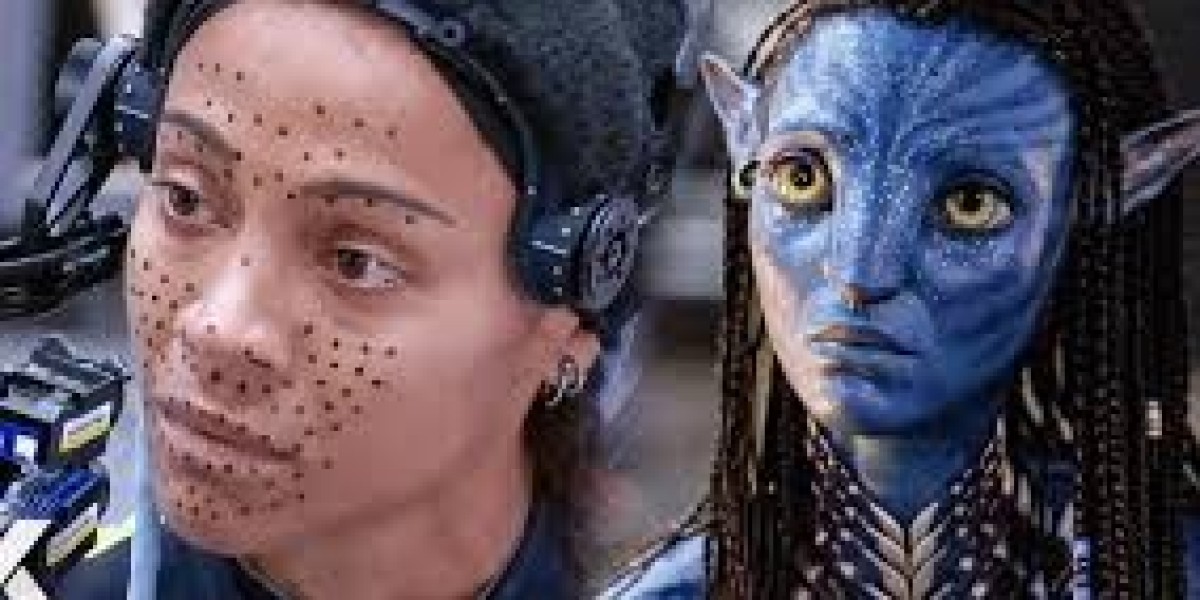Here, we will get to know the VFX pipeline and explain how computer generated imagery, CGI animation, and visual effects are created during all stages of production.
What Is a VFX Pipeline?
The visual effects pipeline refers to the various stages of post production where VFX and CGI are required in a film or television series. The pipeline helps to organize each department so that VFX artists know their role, and a production can move along within the allocated timeline.
To become a visual effects artist, you must be familiar with every stage of the pipeline. No matter where you are in the pipeline, you need to know what every other department does to provide the best and most effective work. If you don't finish your work with every pipeline stage in mind, it may lead to issues later on and be returned to you for revision.
It's useful to know that a film production has three stages before we begin:
- Pre-production includes developing the film's concept, writing (and rewriting) scripts, establishing budgets and schedules, obtaining funding, casting actors, and locating locations.
- Production: Using constructed sets, motion capture, and green screens, filming occurs on set, either on site or in a studio.
- Post-production: The film is prepared for release after sound, editing, color grading, and visual effects are applied to the live action footage.
Storyboarding and animatics
An artist or group of artists creates visual representations of the activities in the script during the storyboarding and animatics stages. In order to define framing from shot to shot, they create simple drawings after analyzing the story's locations and character movements.
Previsualization
Storyboarding goes one step further with previsualization, or previs. Low poly 3D models and representations of the settings in which scenes are filmed are produced by 3D artists. In order to save time and money on the set when shooting the live action footage, they collaborate with the production crew to pre-plan camera angles and block out complicated scenarios.
Concept art and design
One of the most significant stages of pre-production is undoubtedly concept art and design. A concept artist or group of artists develops the style and atmosphere of a movie by creating detailed drawings that further specify the characters, sets, props, costumes, lighting, color, and other elements.
Matchmove and camera tracking
In order to create the different 3D characters, objects, and settings that must be incorporated into the live action video, as well as any digital matte paints, VFX artists create a 3D camera. Rotomation is the process of aligning a character's or object's motion with the video.
Layout and production design
Layout, also referred to as production design, has a different meaning for different teams. The end goal is to have a visual representation of what the final sets will look like. The layout team and production designers may use drawings, photos, and 3D renderings to finalize the sets.
Modeling and asset creation
In order to produce assets that aren't feasible or economical to have on set, the 3D modeling and texturing teams are crucial. They might have to make 3D models of props, buildings, cars, weaponry, and characters (both digital doubles and non-human forms) because they are among the first teams to work on post-production.
Research and development (R&D)
R&D is growing in importance as filmmaking becomes more complex. In order to determine how specific images can be achieved technically, VFX and CG supervisors collaborate with Technical Directors, who are frequently department-based, during this phase.
Rigging
A rigging team must create a digital skeleton, or control system, for animators to work with before 3D objects (such as a prop or character) can be animated. To mimic a character's or object's natural movement, this typically entails incorporating muscles, bones, and skin weight calculations and implementation.
Animation
Animators employ their rig's unique controls to make a vehicle, prop, or figure come to life. The final animation is produced by software that precisely maps out and sequences its movement. Additionally, they use motion capture data that must be adjusted to get the desired end appearance.
FX and simulation
An FX artist's work focuses on developing procedural workflows and digital simulations based on real-world or supernatural ideas that move or react in accordance with fundamental physics. The effect kind and application determine whether these are realistic or stylized.
Lighting and rendering
After the FX and animation teams have finished their magic, the CGI and VFX must be illuminated to fit in with the scenes. To make sure that the lighting, color, intensity, and shadows in the 3D scene complement the live action video and any additional 3D assets or graphics, a lighting artist, or group of lighting artists, puts lights in strategic locations around the scene.
Compositing
In the visual effects pipeline, this is the last stage. The film's live action footage, visual effects, animation, and matte painting are all layered on top of one another by a compositor. To provide the impression that everything in the scene naturally belongs together, they employ techniques like color correction, masking, and others.








